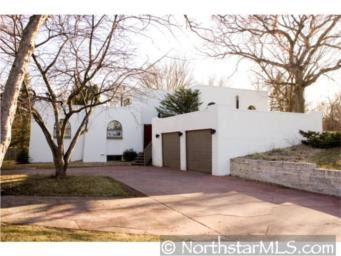In a Buyer’s market like today’s, it’s not unusual for gun-shy Sellers to want to “pad” their initial asking price.
Their rationale?
No matter where they set their initial asking price, aggressive Buyers are simply going to discount further from there.
So, why not pick a listing price that “leaves a little room to negotiate?”
There are three reasons that’s not a good idea:
One. Self-selected peer group.
If you set your price too high, your home will be compared to more impressive homes asking the same price. And found wanting.
So, yes, you may have “left yourself room to negotiate.”
But that hardly matters if there aren’t any offers (or even showings).
Two. Even in a Buyer’s market, well-priced homes can sell quickly, for above asking price.
Case in point: 5035 Glenwood Ave. (pictured above) in Golden Valley.
Listed in late March for $289,000, it sold — in multiple offers — the first week.
Ultimate selling price: $305,000.
Three. No Realtor can promise their client that they won’t receive lowball offers (for all I know, the owner of 5035 Glenwood received lowball offers, too).
But lowball offers are a lot easier to repel when there is also a full-price offer — or even better, multiple offers above list price — on the table.
For Sellers, negotiating leverage is all about how many prospective Buyers are interested in your home.
If you price too high, the answer is usually few . . . or none.
P.S.: another fringe benefit of pricing well, and attracting broad interest: Buyers tend to pull their punches when it comes to negotiating any inspection issues.

